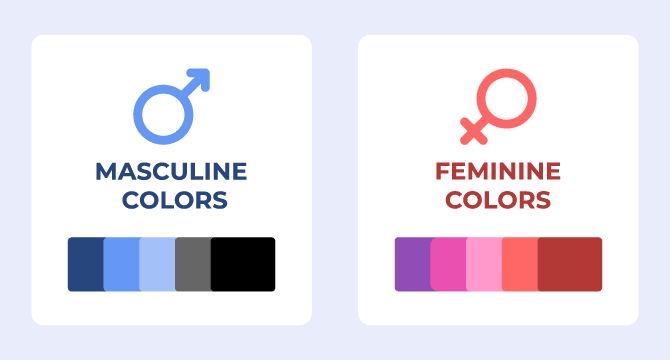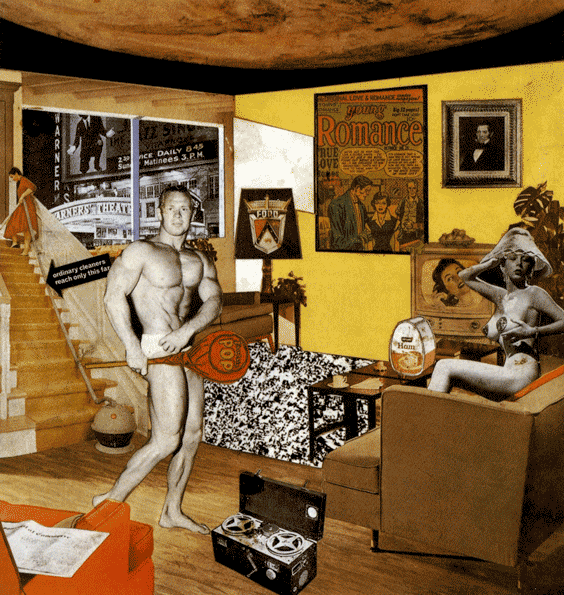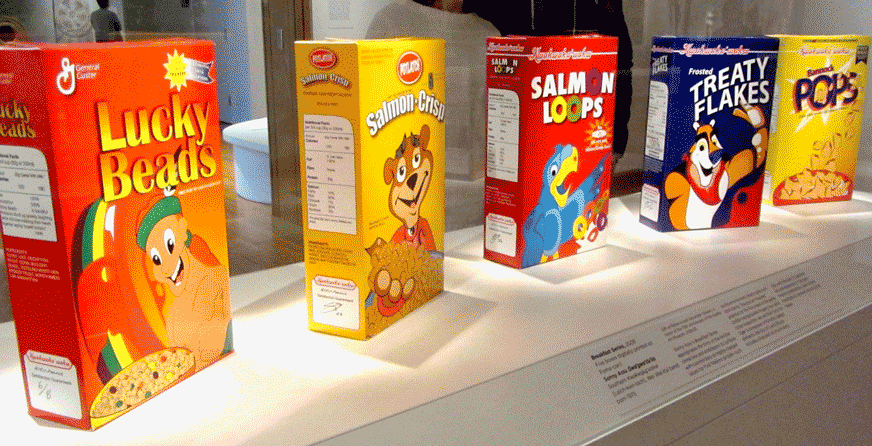*This article is part of Arts Help's Art Theory series.
Considering the various methodologies in modern and post-modern art criticism, perhaps no field of study is as universally applicable to media-theory as semiotics, the study of visual sign systems. Often confused with the symbol itself, semiotics is the study of how certain symbols acquired their meaning, how they have come to represent information, and how the relationship between the meaning and the image affects the reception of this information. Originally credited to Swiss linguist Ferdinand de Saussure (1857-1913), whose pioneering work in the field focused on the network of signs involved in linguistic communication, French philosopher Roland Barthes (1915-1980) introduced the pivotal concept of visual signifiers as myth-building agents, often in contribution to the status-quo or the perpetuation of publicly accepted ideas.


At its most formulaic, semiotics consist of the signifier and the signified, and together they create a sign; the signifier being the image, and the signified is the information received by the viewer in communication. The complexity of semiotics, however, does not lie in the quantifiable aspects of the study, but rather in the evaluation of abstract relationships between signs and perception, and the resulting sociological implications. These implications are derived from connotations associated with the signified, and in turn create a feedback loop in which connotative messages are received in a sometimes-evolving manner, thereby changing the way in which people receive information from the signifier. Take the image of an apple, for example, as a signifier in Western culture.

The image of the apple denotes fruit, the literal meaning, while the connotations are the figurative meanings associated with the sign as people have come to understand it. The apple has been used historically as the symbol for forbidden fruit and the catalyst for the fall of humankind based on the biblical story of Adam and Eve and the Garden of Eden. The connotations associated with the apple in this case are understood through a story of temptation, sin, and exile. Additional connotations of education and scholarly pursuits became attached to the apple during the late-Modern era, in part due to the practice of children bringing an apple to their schoolteachers as payment for their lessons or as tokens of appreciation. Most recently, the apple has adopted yet another set of connotations due to its use as the logo for Apple Computers. From the company’s inception in 1976 through to its megalomaniac presence within today’s market, the computer-signifying apple has evolved to connote technological advancement, omnipresence, consumeristic one-upmanship, and forward-facing professionalism.

While the image of the apple and its multitude of connotations remains fairly innocuous, standardized signs become more problematic when they effectively perpetuate broad stereotypes or essentialist notions through the subtleties of what they signify, or what the signified connotes. A pervasive example is the concept of colour being either feminine or masculine, an early 20th-century phenomenon, which is still in rampant use. While colours used in association with babies and children across the gender spectrum are usually of the pastel variety, the notion of feminine colours in general retains the softness of the child-like colour schemes: pink, baby-blue, apricot, violet. Masculinity is associated with colours like navy blue, red, and forest green, among other dark or saturated hues. The level of saturation is precisely the signifier of gender in colour schemes; pastel colours are diluted, less pure and therefore less strong than deep and rich supposedly masculine colours. Pastel or soft colours are used to signify femininity due to the connotations of fairness, weakness, or reticence traditionally associated with women.



Aside from the perpetuating of negative stereotypes or broad-spectrum associations about marginalized groups, colour in semiotic study of visual language can be more positively used to create an unconscious relationship between the work of art and the viewer that transcends the boundaries of explicit content. Widely used as a method of conveying themes and motif in film, colour can be made to sensorily strengthen associations between the narrative and the desired emotional response from the viewer. In the Coen Brothers’ Fargo (1996), actor Peter Stormare is bathed in red light shortly after the audience first witnesses his character in the act of murder. The red denotes blood, but more ominously connotes the devil, as Western cultural association with the devil being red in colour is widespread and can be first seen in Dante Alighieri’s (1265-1321) The Divine Comedy (1320) , in which the author describes the devil as having a “blood red” face.

On a more secular level, in David Fincher’s Fight Club (1999) the entirety of the movie is cast in a tone of sickly off-yellow, muddled greys and taupes, and cold blue light, save for one scene lasting less than half a second in which the image of a vibrant and lustrous green forest is revealed when the narrator shuts his eyes, followed by the statement that he, the narrator, is achieving premature enlightenment. At this point, the image disappears and the film continues in its putrid colour scheme. The image of the lush green forest briefly signifies the narrator’s access to a healthy state of mind, while the whole of the movie is colour-coded to indicate his mental illness, as the viewer perceives reality through his lens.


Similar to the use of signs in film as a means of constructing narratives without resorting to exposition, art often uses semiotics as a constructive methodology by which to inform the viewer of the micro-narrative through use of macro-narrative signifiers. Richard Hamilton’s Just what is it that makes today’s home’s so different, so appealing? (1956) comprises several signifiers of domestic bliss, from the Ford logo to a Hoover vacuum cleaner along with multiple items that were at the time considered to be technologically cutting-edge devices. The painting satirically illustrates in tandem with the slogan-like title a preoccupation with material goods as social signifiers of happiness and fulfillment.

Sonny Assu, a Kwakwaka'wakw artist based in the unceeded Ligwilda'xw territory in British Columbia, has also utilized semiotics in his satirical art pieces that highlight the universality of Western culture, specifically consumer culture, and how it has encroached and overrun Indigenous land. In his multi-media Breakfast Series, Assu uses the colour and graphic signifiers of ultra-recognizable cereal boxes to form the metaphor of Western influence as the unwholesome substitute for Indigenous rights and freedoms. The use of the mass-manufactured and unhealthy breakfast cereals connotes an attempt to pacify the receiver through attractive yet fraudulent offerings.




Whether it is necessarily clear to the viewer or not, the semiotic use of signs to inform meaning through images is present in all imagery so long as the viewer holds any base-level associations with the images being perceived. Often demonstrated unconsciously or accidentally, the language of signifiers are read like text in the viewer's mind, making semiotics a crucial tool in the study of cultural media and unspoken communication. Regardless of their use, the relationship between signifier and signified can be seen to indicate the presence of widely agreed-upon associations within a culture, making them a powerful means through which to further the discourse.
